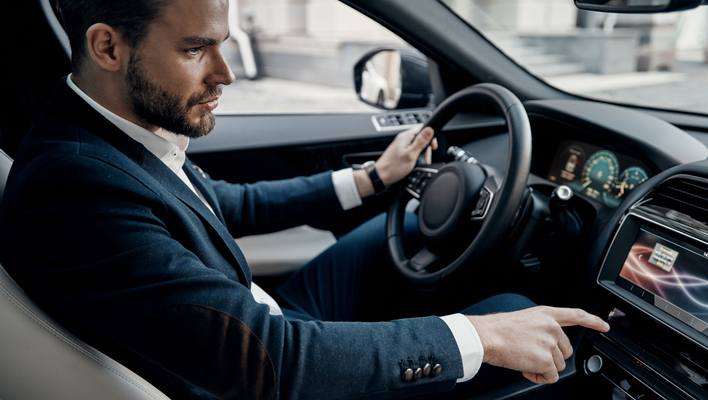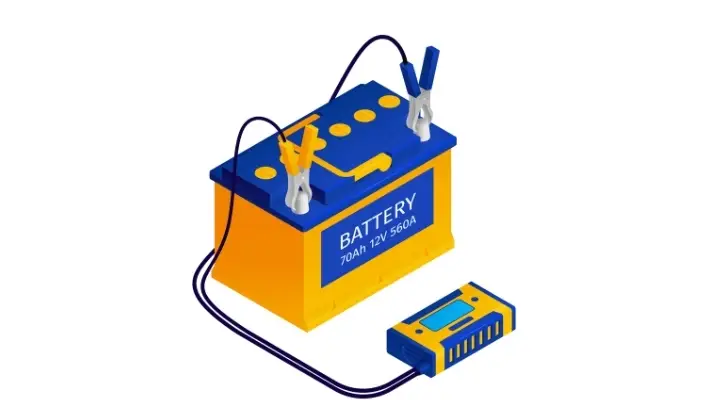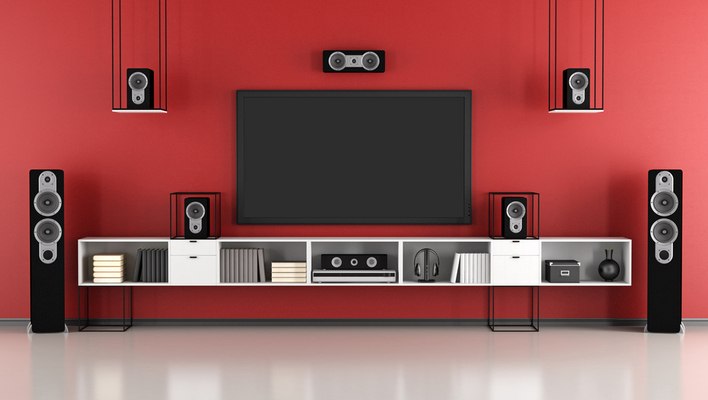A stereo that cuts out every time you crank up the volume is an inconvenience to your music experience. Find out why stereo cuts out when volume is turned up.
All stereos – whether from high-end manufacturers or older factory equipment – are prone to malfunctions throughout their lifetime. When your stereo starts developing problems, it may get difficult to pinpoint the exact cause of the problem because many elements could have malfunctioned. The wiring might have gone wrong, rusted over the years, or lost the firm connection, or perhaps your amp encountered a critical problem.
Sometimes, it could be the speakers, the head unit, power issues, or worn-out RCA cables. Whatever the problem might be, finding its root cause can present a bit of a challenge. Audio Curious seeks to look into the common reasons why stereo cuts out when volume is turned up and how to fix the issue and restore your stereo to its normal health.

Why Stereo Cuts Out When Volume Is Turned Up
Wiring, power issues, and speaker problems are the most common culprits you need to look out for in a stereo that works intermittently. Your healthy stereo powers up and starts playing, then loses power all of a sudden. It may automatically power up again, but you might have to reboot it manually if the issue becomes too serious. Looking at how the stereo behaves provides more information about the problem.
For example, do the speakers alone seem to lose power, or does the entire stereo (including the display) lose power whenever you crank up the volume? If the speakers alone lose power, it indicates a problem within the speaker itself or a speaker wiring problem. Driving on a bumpy road shakes the electrical pathways so, if the wiring is not firmly held in place, there will be problems.
Why does my stereo keep cutting out? Amplifier malfunction is another reason why stereo cuts out when volume is turned up. Poorly wired amps or amps with the wrong crossover settings also face several problems. So, you need to check your amp for any problems. Today’s amps are very advanced. They come with a load of features, including protective features that kick in whenever the amp faces damage risks. You need to ensure that your amplifier receives only an adequate amount of voltage – no more, no less.
Problem 1: Amp Overvoltage
Overvoltage is a common amplifier issue, especially in amps that operate via remotes. Faulty wiring and inductive coupling yield excessive unwanted voltages that could fry the amp.
For this reason, manufacturers have found it essential to install protective circuitry, and a protect mode in their amps to prevent electrical damage. The protect mode is enabled by a series of resistors on an in-built protection circuit. Turning up the volume on your amp increases the voltage as long as there is a signal playing. The louder the volume, the higher the voltage gets.
How To Diagnose the Problem
Before diving deeper into diagnosis, you need to understand that no two amps are exactly the same. Therefore, it is important to go through the manual or amp data sheet (if provided).
Make sure that your amp is installed correctly.
Many people often install their amps in the trunk. However, it can be installed in another convenient location where it’s easily accessible. Choose a convenient location with a fresh air supply to keep the amp from overheating (this can affect the voltage as the internal resistance of the elements begins changing in response to temperature changes).
Next, ensure that the ground connection is firmly held in its rightful position. Car amplifiers must be firmly grounded to the vehicle’s chassis, or else further ground wire problems may arise. Remember to peel or clean off any paint to allow the wire to make bare contact with the vehicle’s chassis. Use a lock washer to tighten the connection.

Battery Connection
Sometimes, when the car stereo cuts out when volume is turned up, it could indicate a problem with the battery. The battery is your primary power source. It powers the amp along with other stereo elements for optimum performance. Always ensure that the terminals are connected to their rightful sockets. Use the right gauge electrical wire to create a solid connection.
Since many stereos get power from an alternator, the alternator may have to work harder to produce more power whenever you crank up the volume. But what if yours can’t provide enough power to serve the amp and subwoofer? Your stereo will definitely shut down. To fix this problem, swap your old alternator with a more powerful high-output alternator that can provide enough the entire stereo.
Lastly, check the fuse. Fuses play an important role in protecting the amplifier from surges or excessive power input. Always choose a good, high-quality fuse while taking into account the stereo’s impedance.
A word of advice, your amplifier’s input voltage must never go beyond the maximum rating. The manufacturer will always supply information about the maximum rating and maximum supply voltage.
Problem 2: Crossovers
The protect mode saves your speakers and amplifier from electrical damage, but sadly, this is not the only reason my car radio sound goes in and out when volume goes up.
Why does my home stereo cut out? It could be a problem with your stereo’s crossover settings. Crossovers are like filters. The low-pass filter eliminates high frequencies up to a certain point. On the other hand, the high-pass filter ensures that only high frequencies travel to the speaker. These two settings have power implications on the amp. For instance, a juicy bass demands more power from the amp to move larger and heavier drivers.
So, although stereos are different, experts recommend setting the LPF anywhere between 30Hz-250Hz and setting the HPF at around 80Hz. If your stereo comes with a subsonic filter, set it between 20Hz-50Hz. This helps protect the speakers from damage.
Some stereos come with a Bass EQ. This feature controls the bass boost between 0-18dB. It is advisable to use the bass boost wisely. In case you notice any clipping or distortion while using the Bass EQ settings, turn it down to prevent an overload.
Problem 3: The Speakers
A blown or improperly wired speaker could be another reason why car radio cuts out every few seconds. We all know that no matter how many speakers you have on board, the total load should not be too low as this could force the amp into protect mode.
When it comes to wiring issues, speakers tend to cut off at a certain volume, especially when the installer accidentally grounds the speaker wire to the vehicle’s chassis. The problem could also arise when the speaker gets insufficient power from the amp.
To avoid further problems, make sure that all the speakers in your stereo are in good health. Speakers operate on voice coils which happen to be very delicate structures. A damaged voice coil could either show no activity when an electrical current goes through them. They could also blow up the second you turn on the stereo and play music.
Luckily, these issues are easy to diagnose by listening to how the speakers work. If you hear strange noise or no activity from one speaker, take it out and check whether it’s still working. Other speaker issues might only manifest at higher volume.
Lastly, you also need to ensure that the right polarity is maintained at all times. Having reversed speaker wires leads to higher risks of damage since the speaker will move in opposite directions in response to the audio signal. Check the speaker wires to affirm that the terminals (+ and -) are connected to their appropriate sockets.
Final Word
There are three main reasons why stereo cuts out when volume is turned up. Either a malfunctioning amplifier, speaker, or inappropriate crossover settings. Either way, you need to check your amp’s LED warning light to see if it’s on. If so, do not ignore the warning signs because you could be dealing with:
- An overheating problem
- A damaged amplifier
- System overload
- Shorted speaker wires
If the problem persists and you’re forced to deal with speakers cutting out at high volume, it’s time to consult an expert for more advanced solutions.

